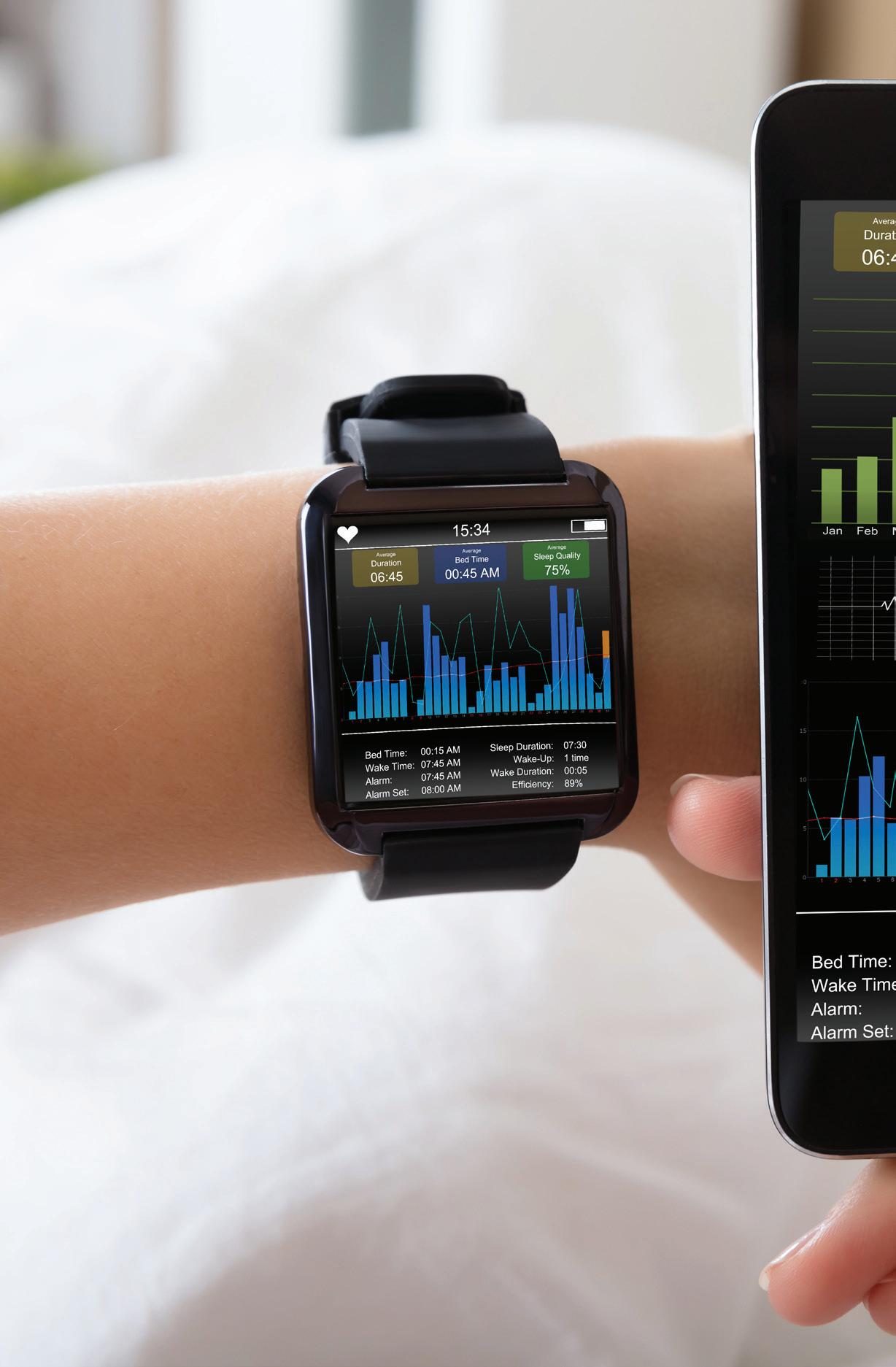
3 minute read
Patient Organization Highlight Sleep Consortium
Patient Organization Highlight
Sleep Consortium
Founded in 2021, Sleep Consortium is a nonprofit organization created to accelerate next-generation research, disease understanding, and therapy development for those living with central disorders of hypersomnolence (CDoH) and other related sleep disorders. These disorders of hypersomnolence include narcolepsy, idiopathic hypersomnia, and Kleine-Levin syndrome.
Cofounders Lindsay Jesteadt and Claire Crisp note that “Sleep Consortium was designed to serve at the intersection of the various roles that support the broader sleep ecosystem” (e.g., industry, researchers, patients, clinicians, patient organizations). Their goal is to accelerate knowledge development through effective patient-owned data collection, data connection, and community pooling of data, with a responsible and respectful structure to enable the entire network to thrive. Jesteadt expresses that “this type of precompetitive collaboration brings together multiple stakeholders to overcome a common barrier or develop a solution that allows them all to benefit, just as a rising tide lifts all boats.”
Partnering with RARE-X, a collaborative platform for global data sharing and analysis, Sleep Consortium is working to unburden patients while making the task of data collection easy and accessible for the sleep community. Through ethical data-sharing practices, leveraging artificial intelligence (AI) and machine learning, Sleep Consortium is reimagining data collection in sleep medicine by collecting, interconnecting, and federating data. Supported by leading researchers, industry partners, and patient advocacy groups, the patient data collection portal will launch in early 2023 and will allow patients and family members to assist in accelerating research by sharing their data. This patient-reported data will also live alongside other consented, robust data sets from registries and academic and clinical institutions globally. At present, patientreported outcomes measures are insufficient and detailed registry data is lacking. It will take a collaborative effort to create a sleep ecosystem that is abundant in meaningful data.
“The Sleep Consortium takes a bold new approach to sleep research putting the patient in the center of its efforts. This initiative demands that the patient be the driver of new research considerations, have ownership of their own Patients will be able to data, and serve as an invaluable partner to share their consented data researchers internationally." with global researchers, – Anne Marie Morse, Director of Child Neurology clinicians, and drug and Pediatric Sleep Medicine, Geisinger, developers to advance Janet Weis Children’s Hospital research in CDoH and accelerate the development of new targeted therapies in this precompetitive space. The data collection portal will also serve to connect interested patients with qualifying clinical trials and studies to accelerate knowledge and future treatment options.
Jesteadt ends by adding, “We are empowering patient communities as the patient is indeed the expert when it comes to their symptoms and they should play an active role in identifying meaningful benefit…Perhaps, what is meaningful to the patients cannot be represented in numbers from current scales alone.”
The BuZZZ about Sleep

Your Latest Buzzword is Brain Age: A marker that quantifies brain health/aging from sleep
By Haoqi Sun, PhD
Some 60-year-old people are good at cognitively demanding tasks, while others suffer from poor memory and impaired cognition, problems that are uncommon until older ages. How can we quantify deviations from a normal brain-aging trajectory? One possibility is by measuring sleep.
Sleep patterns change with age and sleep tends to be shorter and lighter as people get older. The brain’s electrical activity during sleep also changes with age. For example, the height of “slow waves” during deep sleep – electrical brain waves that repeat fewer than four times per second – decreases more and more the older we get. This and many other changes in brain waves can be summarized into an age-like number: sleep-based “brain age.” If a 60-year-old person has a brain age of 70, their sleeping brain waves resemble those of a 70-year-old person who is aging normally. This may be cause for concern in a 60-year-old person. Conversely, an older person may have a younger-looking sleeping brain, which is probably a good thing. The difference between brain age and actual age is correlated with multiple conditions including dementia, hypertension, diabetes, and HIV infection, as well as life expectancy. A marker like brain age can help sleep doctors get an objective and repeatable sense of brain health from sleep. Eventually, brain age may become a key piece of information to guide treatments to preserve and improve brain health.




